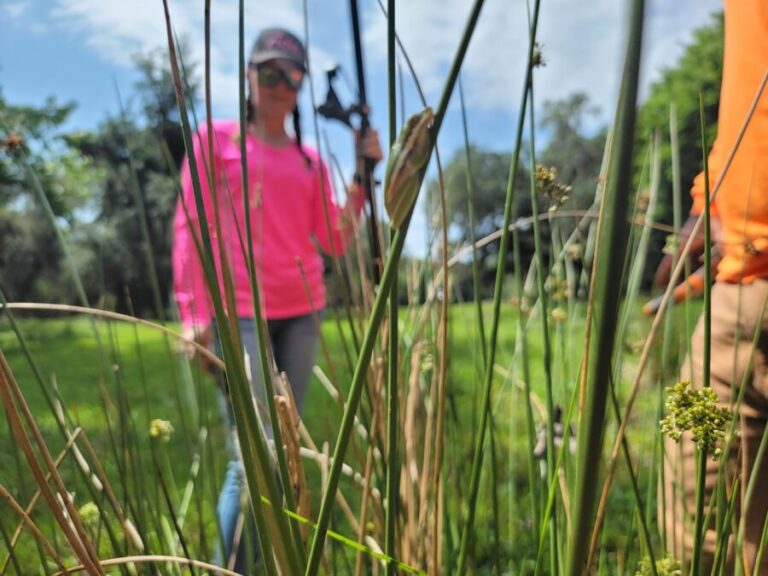Florida Wildlife Diaries
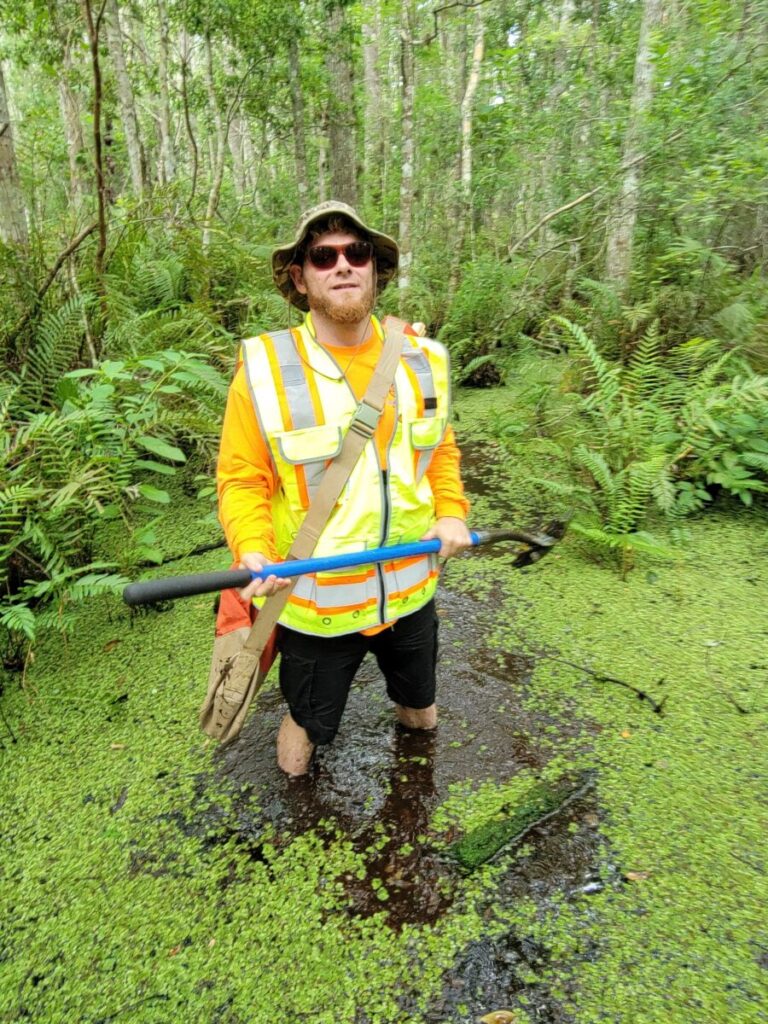
The job of a Florida land surveyor often involves interacting with Florida wildlife. The job isn’t all long. peaceful drives. We definitely find beautiful coastlines in any direction and pretty landscapes throughout the state.
Florida rests on a geological terrain of porous rock layers riddled with caves and underground rivers. Florida’s landscape goes from sandy beach to woodlands to swamp in just a few miles. If you choose this occupation, you must love being outdoors in the heat and the sunshine. Consider our guide to joining the Florida Land Survey industry if that describes your temperament.
Florida’s professional land surveyor
You will meet some of Florida’s most notorious residents if you work in the land survey industry long enough. Most of the time, wild animals stay clear and retreat. But it is always good advice to be alert in your surroundings and avoid antagonizing the animals.
Meet the locals
Florida Black Bear
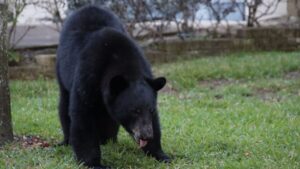
The Florida black bear is the only bear species in Florida. They roam the forests and swamps from the Central Panhandle to the Ocala National Forest and to Big Cypress Preserve in Southwest Florida. Bear sitings are rare even in this business. But bears are more frequently seen in trees and roaming the yards of residential developments that butt up against their homelands.
Wild Deer
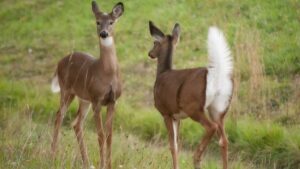
White-tailed deer live everywhere in Florida, from the Panhandle to the Keys. They prefer young, tender vegetation areas adjacent to tree lines where they can hide from predators. Florida deer adapted to our State’s hot, steamy temperatures and developed smaller frames than standard northern animals. An average Florida deer weighs only 115 pounds and stands about as tall as a Great Dane. The deer avoid human contact and pose no threat to us working in their area.
Alligators
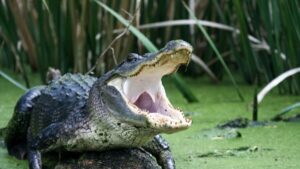
The Florida alligator is the king of freshwater reservoirs in Florida. If a drainage ditch has water, assume a gator could occupy it and proceed cautiously. Alligator attacks in Florida are rare, but some basic rules exist when surveying areas with many swamps, rivers, and lakes. Alligators are nocturnal creatures most active as the sun sets or before dawn. They become more aggressive in Spring during mating and nesting season from April to June.
Panther
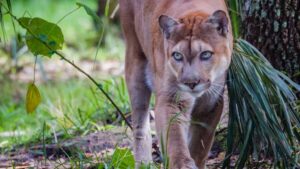
The Florida panther is related to the North American cougar by species. This endangered species lives in pinelands, tropical hardwood hammocks, and swamp forests in South Florida. Wildlife officers believed only 20 to 30 Florida panthers remained in the wild around the late 1970s. Today the population has grown to just over 200. Adult cats get to be 5 to 6 feet long and up to 160 pounds at maturity. Panther spotting is rare.
Nearly every worksite has a feral cat mascot or two. Neighborhood cat colonies usually stay out of sight during the day and appear late in the day. These cat communities actually keep a worksite free of rodents and other pests. Feral cats don’t typically pose any threats to humans and stay clear of strangers.
Reptiles in the Wild
Snakes
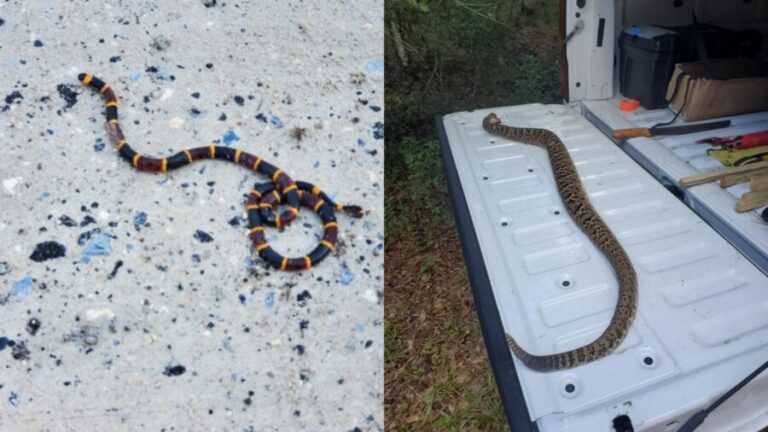
Snakes are probably the most significant risk factor when surveying undeveloped land in the state. Only six of Florida’s 44 snake species are venomous. Most snakes are harmless and beneficial as they remove extra rodent populations. Snakes don’t position themselves to frighten or attack people. They’d much rather avoid encounters and will usually flee the scene.
A simple rule to identify a dangerous snake in Florida is this rhyme, “Red touches yellow, kills a fellow. Red touches black, venom it lacks.”
Spiders
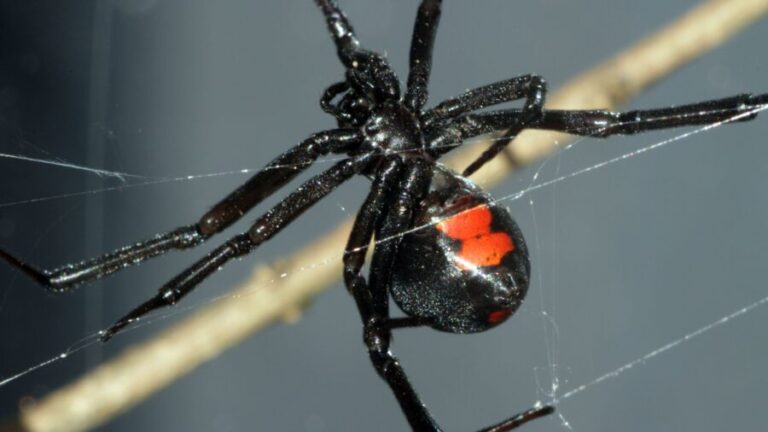
Most of Florida’s spiders are harmless. The two most common venomous are the brown recluse spider and the black widow spider. Residents often confuse the brown recluse spider with the non-poisonous wolf spider. A wolf spider can grow quite large with thick fuzzy legs. The brown recluse is typically tan to reddish-brown without striping. The single distinguishing marking on the spider is a violin shape on the top of its head. The brown recluse loves dark areas and is typically found under logs, pots, and boxes.
Florida’s widow spider is not native to this region but is commonly found in the buildings around Orlando to South Florida. The widow spider is identified by black and pale brown geometric patterns on its body, striped legs, and an orange hourglass abdomen.
The job of Residential and Commercial land surveyor is rewarding. There are all kinds of birds, animals, and interesting plants to see while working outdoors, which is just a bonus on top of a great job.
